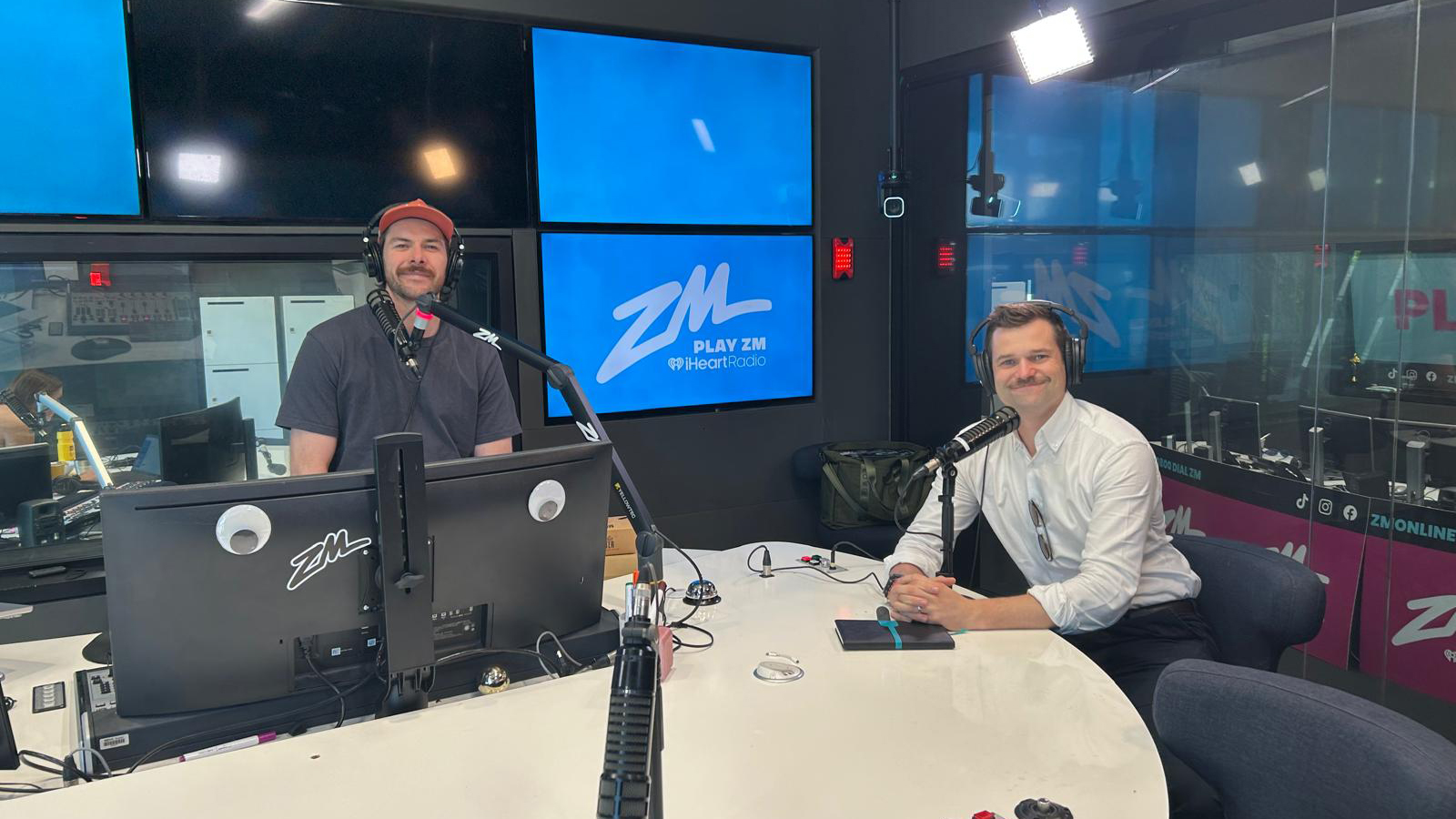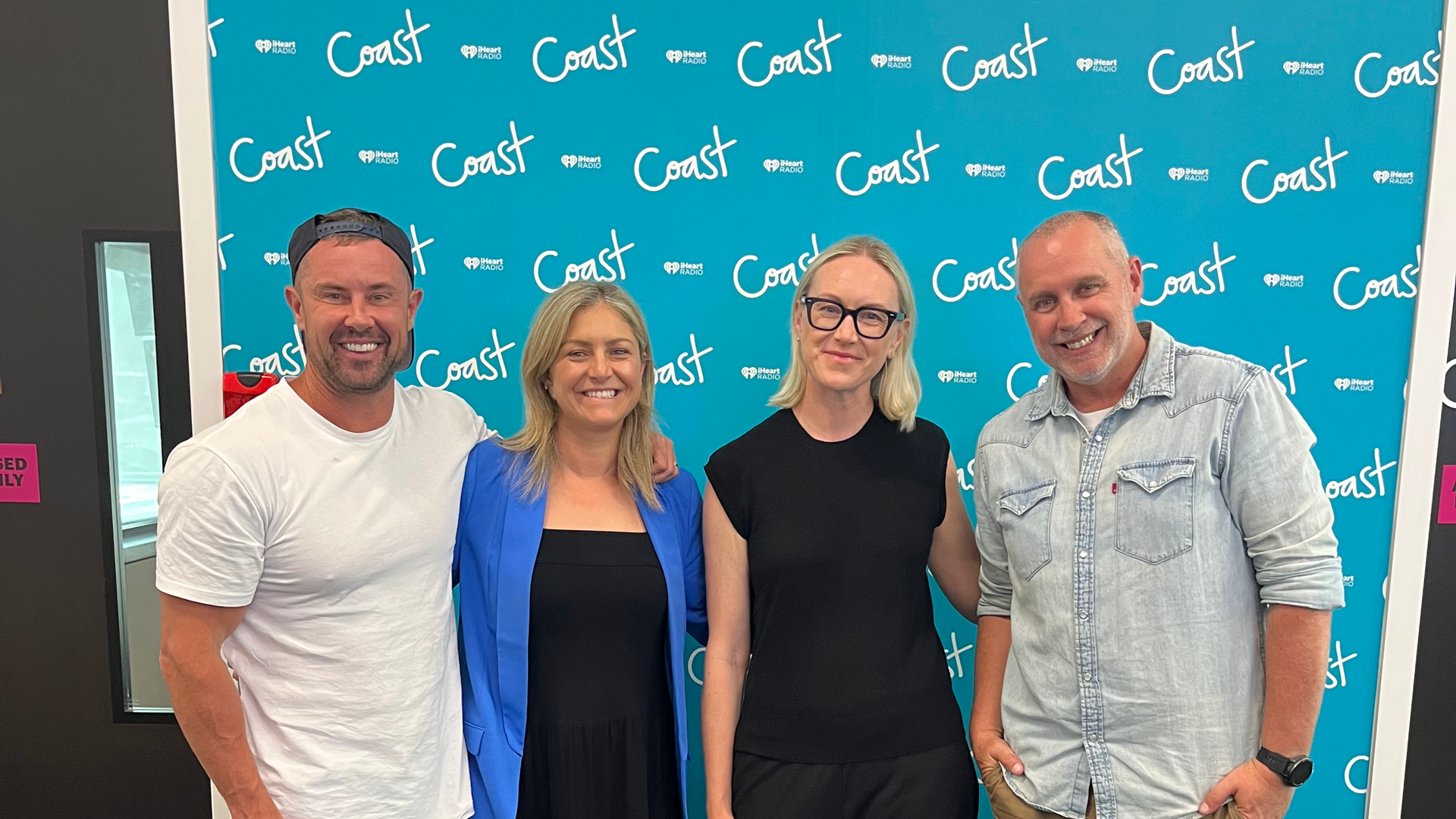With the RBNZ’s highly anticipated announcement on the OCR due, what drivers will help guide the decision? Milford Analyst Brendan Larsen talks to Ryan Bridge about key developments over the past few months, and what the RBNZ is expected to say about the economy.
Listen.
Click here to download the MP3 file or listen to the podcast on your favourite platform:
Read.
Bridge talks Business: 18February 2025
Episode Transcript
Ryan Bridge
Kia ora everybody, we’re celebrating this week. Bridge talks Business with Milford turns 21 today. Yes, 21 episodes. I did ask if I could do a yardie to mark the occasion, but the answer was sadly no. Instead, we’re focusing on the only game in town this week, that is of course the OCR. And despite all the pain in the economy, right now the wholesale interest rate is still not even back to neutral, let alone expansionary. We’ll look at what could be in store for the rate track after this week’s announcement shortly. But first, here are your top five business bits from the past seven days.
1. US inflation came in hotter than expected, partly driven by higher food prices. The price of eggs, for example, shot up 15% over the last month. Under the surface though, inflation was much more modest.
2. US retail sales were much softer than expected, but that doesn’t mean a sudden slump in the US consumer. More likely the result of seasonal adjustments to the data. This has still been thrown out of whack by changes to the post-Covid economy.
3. In New Zealand, card spending was down for January after a big increase in December. Thankfully, the underlying trend is improving since the middle of last year. This thanks in large part to the extra coin in our pockets from those mortgage rate cuts.
4. A strong start to the year for Europe – up 13% so far. And this has got investors really excited. This is partly on the hopes of a Ukraine ceasefire, but also a recovery as inflation and interest rates fall there.
5. In Australasia this week, of course the focus is on domestic central banks as both the RBA and the RBNZ meet to announce their interest rate settings.
So, it’s been a long time between drinks for the Reserve Bank. It’s been a long summer, but they are back. And this week, the Governor Adrian Orr will tell us what’s happening with the interest rates, the OCR. Now at the last meeting in November, he signaled that providing things don’t get too hairy in the meantime, there should be a 50 basis point cut at the meeting this week. So, what’s changed in the interim? Is it enough to move that position? Brendan Larsen is with us. He’s an Analyst at Milford to talk about this. Just a note that this segment is informational only and should not be considered financial advice. Brendan, welcome.
Brendan Larsen
Hi.
Ryan Bridge
Good to have you here. So has much changed since the Reserve Bank’s last meeting?
Brendan Larsen
So yeah, domestically we’ve had a number of key releases. So we had Q3 GDP that outlined a very weak economy throughout the middle of last year. I mean, it illustrates that higher rates really are weighing on consumption. We’ve had fourth quarter inflation data that was a little bit above what the RBNZ had expected, but driven largely by tradable inflation that’s influenced more by sort of international factors. Domestic inflation was actually a little bit better than the RBNZ had forecast. So, that could give them a little bit of comfort. And we also had fourth quarter labour market data, which was quite weak, but broadly in line with what the RBNZ had expected. Internationally, we’ve obviously had a number of developments, the inauguration of President Trump, some of his policies around trade and immigration in particular have increased uncertainty around the outlook for growth and inflation globally. And we’ve also had a period of very strong US economic growth and sticky inflation data there too. So we’ve actually seen market expectations for rate cuts be reduced there. So lots happening.
Ryan Bridge
Yeah, okay. So a lot happening, but enough to shift from that. And it’s my words, not Adrian Orr’s, but that kind of default position that economists are talking about of a 50-point cut.
Brendan Larsen
Yeah, that’s right. So if you think back to November, Governor Orr did outline that if data were to come in close to what the RBNZ had expected, the base case was a 50 basis point reduction in the Official Cash Rate. As we’ve just discussed, broadly data has been in line with what they had expected. So, it’s widely anticipated that we do get that 50 basis point reduction tomorrow.
Ryan Bridge
The interesting part will be what happens after that, right? So assuming we get this cut, to what extent do they keep cutting after that? How much is that what the markets are looking at?
Brendan Larsen
I think the market’s focus – because this is so widely anticipated – the focus really is on the outlook for interest rates. So, if you cast your mind back to November, the RBNZ had actually disappointed the market and forecasting interest rates that were a little bit above what the market had expected. So, the OCR forecast by the RBNZ by the end of this year was 3.55% and the market was somewhere closer to 3%.
Ryan Bridge
Which at the moment, we’re at what, 3.75%?
Brendan Larsen
4.25.
Ryan Bridge
4.25 but we would get down to potentially get down to 3.75. And so, we would only get to 3.55, according to the Reserve Bank in November, by the end of this year.
Brendan Larsen
That’s right. Yeah, so that only implies one further 25 basis point rate cut this year. So, the market is really interested in whether the RBNZ suggests the chance of more. It’s actually maybe why Governor Orr outlined in November – with such a long gap between November and February – the potential for a 50 basis point reduction at this meeting, despite that uncertainty and time.
Ryan Bridge
How much does Trump’s [tariffs] and we don’t even have details yet on a lot of stuff – we’ve had steel and aluminium, which we know will affect New Zealand, but not in a massive way. How much of the talk and stuff that’s going on there might weigh on his comments about the forward track?
Brendan Larsen
It’s going to be interesting. I mean, on one hand, we’ve had labour market data and inflation that was broadly in line, although that domestic inflation was a little bit better. But on the other hand, that Q3 GDP report outlined a real shortfall of demand in the economy, which should be putting downward pressure on inflation. And that could contribute to them wanting to lower their forecast. But as you say, there is a lot of uncertainty around global trade at the moment. And we’ve actually had other influences such as a weak New Zealand dollar. So, that may mean the RBNZ would like to retain optionality and not commit to more rate cuts than already flagged this year. If you look at market pricing in the US, for example, the market only expects just over one interest rate cut there this year. So, if they’re not cutting by March and we’re cutting significantly more, that could put more downward pressure on the New Zealand dollar, and in turn put upward pressure on inflation. So the RBNZ need to balance all of these different factors.
Ryan Bridge
All right. So the other big thing that we look for when Adrian Orr takes the podium is what is the market outlook – the economic outlook that the Reserve Bank is picking?
Brendan Larsen
The RBNZ’s assessment of the economy will be of focus to the market. As we’ve discussed, data has been quite weak. But this is largely a backward-looking assessment of the economy. Forward-looking activity indicators have actually improved a little bit and do suggest that the economy should rebound from here. But that likely is predicated on rate cuts being delivered. So how the RBNZ is seeing things for now will be really interesting to the market.
Ryan Bridge
What is the market thinking about all this?
Brendan Larsen
Yeah, well, if you look at pricing again, we’re heading into a period for this meeting where the market is below the RBNZ’s expectations for interest rates. So we’re at about 3.1% by the end of this year. So there is scope for disappointment if the RBNZ don’t lower their forecast for interest rates this year. That could see a rally in the New Zealand dollar. Part of the reason the New Zealand dollar has been so weak is expectations for lower interest rates. So, if we did see higher wholesale interest rates because of the market re-pricing higher, potentially that could result in a rally of the New Zealand dollar.
Ryan Bridge
What would that mean for the economy?
Brendan Larsen
It depends on the length of time we do see that. I mean, it could be a short term burst higher, and ultimately, the market is more worried about the kind of growth outlook if we aren’t reducing rates further. So, it’s really about that sort of discussion that the RBNZ have around why they are or aren’t lowering that track.
Ryan Bridge
So what about Australia? They’ve obviously got a decision this week as well. How does our interest rate track compare to theirs?
Brendan Larsen
The RBA didn’t hike nearly as much as New Zealand or most other developed economies. And really, that has resulted in their economy probably performing a lot better than the New Zealand economy has. Looking ahead, because of that factor that they didn’t hike as much, they’re unlikely to have to cut as much as New Zealand, the RBNZ will have to, to try and fix some of the issues we’ve got around growth. So, the outlook will be interesting from the RBA this week and how they’re seeing things going forward. But we do expect that is less cuts than New Zealand.
Ryan Bridge
Is their rate contractionary? Is their rate at a level where they’re stimulating or they are at a neutral rate?
Brendan Larsen
They’re a little bit above the neutral rate. So most developed economies have been in restrictive territory. But the degree to which they are restrictive is less, particularly versus New Zealand, where we had such a high rate relative to what a neutral interest rate would be. So that is kind of the driving reason why they wouldn’t need to cut as much.
Ryan Bridge
Because we’re still not back to a neutral rate yet, are we?
Brendan Larsen
No, Paul Conway, the Chief Economist of the RBNZ, recently discussed the perceptions of the neutral rate for the RBNZ. And they center around 3%. So that’s kind of where market expectations are that we get back to.
Ryan Bridge
You just want them to get back quickly, don’t you?
Brendan Larsen
Yeah, I mean, the economy definitely wants it.
Ryan Bridge
Certainly does. Thank you, Brendan. That was Brendan Larsen. He’s an Analyst at Milford. Great to get some insight into not only what’s happening this week with the OCR, but also what might be happening with the track as we move forward. Obviously, a lot of uncertainty out there. A lot of the uncertainty has to do with the White House and who’s in control at the moment. Right. Don’t forget, you can like, subscribe and follow us on all of your channels. We love hearing from you and we love you listening to us. We’ll see you next week.
Missed last week’s episode? Don’t worry! Click here to catch up now.


